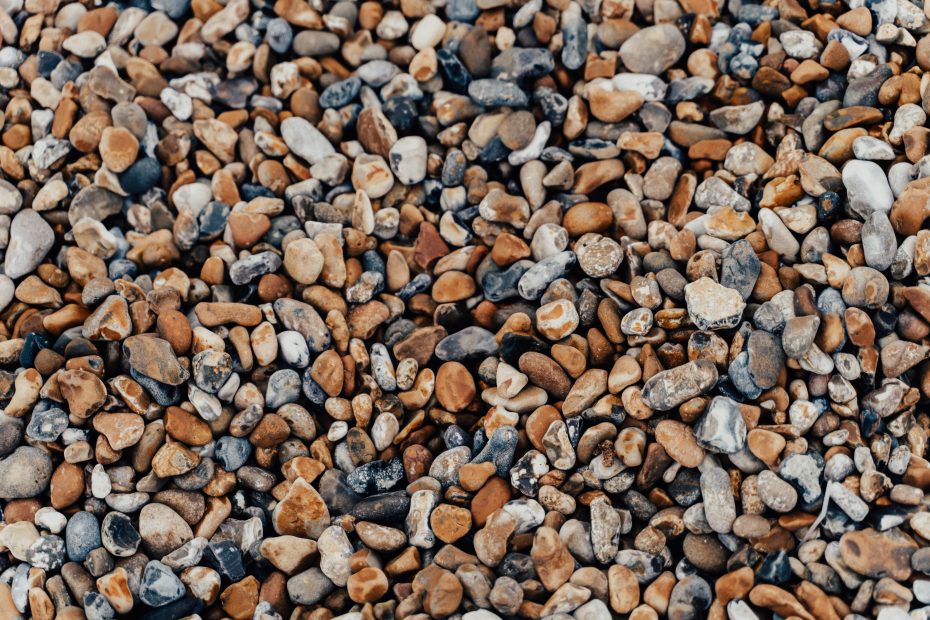Tucked away in the central Pacific Ocean, the Phoenix Islands of Kiribati remain one of the most pristine tropical island groups on Earth. Despite their beauty and significance, these stunning islands are largely unknown outside of Kiribati. Rising from the depths of the Pacific, the Phoenix Islands are a hidden gem waiting to be discovered.
Table of Contents
Hidden in the Pacific
The Phoenix Islands Protected Area lies approximately 2000 miles southwest of Hawaii and 1000 miles north of Fiji. Part of the island nation of Kiribati, this chain of 8 uninhabited islands and surrounding coral reefs have managed to escape human impact and retain their wild state. Their isolation has allowed wildlife to thrive with little disturbance. Only accessible by liveaboard boats, the Phoenix Islands epitomize a hidden tropical paradise.
A Pristine Underwater World
Under the waves, the Phoenix Islands nurture one of the most intact marine ecosystems on the planet. The warm, nutrient-rich waters harbor stunning coral reefs teeming with over 200 species of coral and more than 500 species of fish. Lagoons, channels and reefs create a complex underwater topography home to sharks, sea turtles, whales, dolphins and giant clams over 1 meter wide. The abundance and diversity of marine life rivals any coral reef system globally.
Above the Surface Beauty
Emerging from the Pacific Ocean, the islands themselves boast picturesque beaches framed by coconut palms and dense tropical vegetation. The islands provide critical nesting grounds for millions of seabirds, including 18 species of tropicbirds, frigatebirds, shearwaters, and terns. On land, crested iguanas, coconut crabs and various insects have evolved in these predator-free habitats. With no human inhabitants or development, the Phoenix Islands offer a raw, unspoiled beauty.
The Phoenix Islands Protected Area
In 2006, Kiribati established the Phoenix Islands Protected Area (PIPA) – the largest and deepest UNESCO World Heritage site on Earth. At over 408,000 sq km, the marine protected area conserves one of the planet’s last intact oceanic coral archipelago ecosystems. Commercial fishing is prohibited, and only limited tourism and research is permitted to prevent damage. Kiribati partners with international organizations to monitor and study these precious ecosystems.
Ecotourism Potential
As awareness of the islands slowly grows, there is potential for exclusive eco-friendly tourism. Only a limited number of dive boats are allowed access each year to minimize impact. Visitors experience world-class snorkeling, diving, fishing and bird watching while accompanied by experienced guides. By keeping visitors numbers low, Kiribati hopes to provide these economic benefits while preventing environmental degradation.
Challenges for the Future
However, the Phoenix Islands face serious threats from climate change and rising sea levels. As a remote small island nation, Kiribati also lacks resources to enforce protection without international support. Sustaining conservation efforts in the long term remains a major challenge. But the Phoenix Islands signify how collaboration and foresight can preserve biodiversity and vulnerable ecosystems for future generations.
Conclusion
The Phoenix Islands represent one of the last untouched island ecosystems left in the world. Their isolation has sheltered them from humanity’s footprint and allowed vibrant coral reef and marine environments to thrive. While confronting threats like climate change, the islands were granted protected area status to conserve their natural beauty for posterity. The Phoenix Islands deserve recognition as a global treasure – one that must be safeguarded for its ecological significance. Their future now lies in our hands.
FAQs
Q: Where are the Phoenix Islands located?
A: The Phoenix Islands are located in the central Pacific Ocean about 2000 miles southwest of Hawaii and 1000 miles north of Fiji. They are part of the island nation of Kiribati.
Q: What kinds of wildlife live in the Phoenix Islands?
A: The Phoenix Islands are home to a diversity of marine life including over 200 coral species and 500 fish species. Seabirds like frigatebirds, tropicbirds and terns also nest on the islands.
Q: Why were the Phoenix Islands made a protected area?
A: The islands were declared a protected area in 2006 to conserve the pristine coral reef and marine ecosystem which faced threats from climate change and human activity.
Q: What can you do in the Phoenix Islands as a tourist?
A: Limited eco-tourism is allowed focused on diving, snorkeling, fishing and bird watching accompanied by experienced guides. Visitor numbers are restricted.
Q: What challenges do the Phoenix Islands face today?
A: Rising sea levels, climate change impacts and lack of resources to manage such a remote protected area all pose challenges to conserving the islands.
